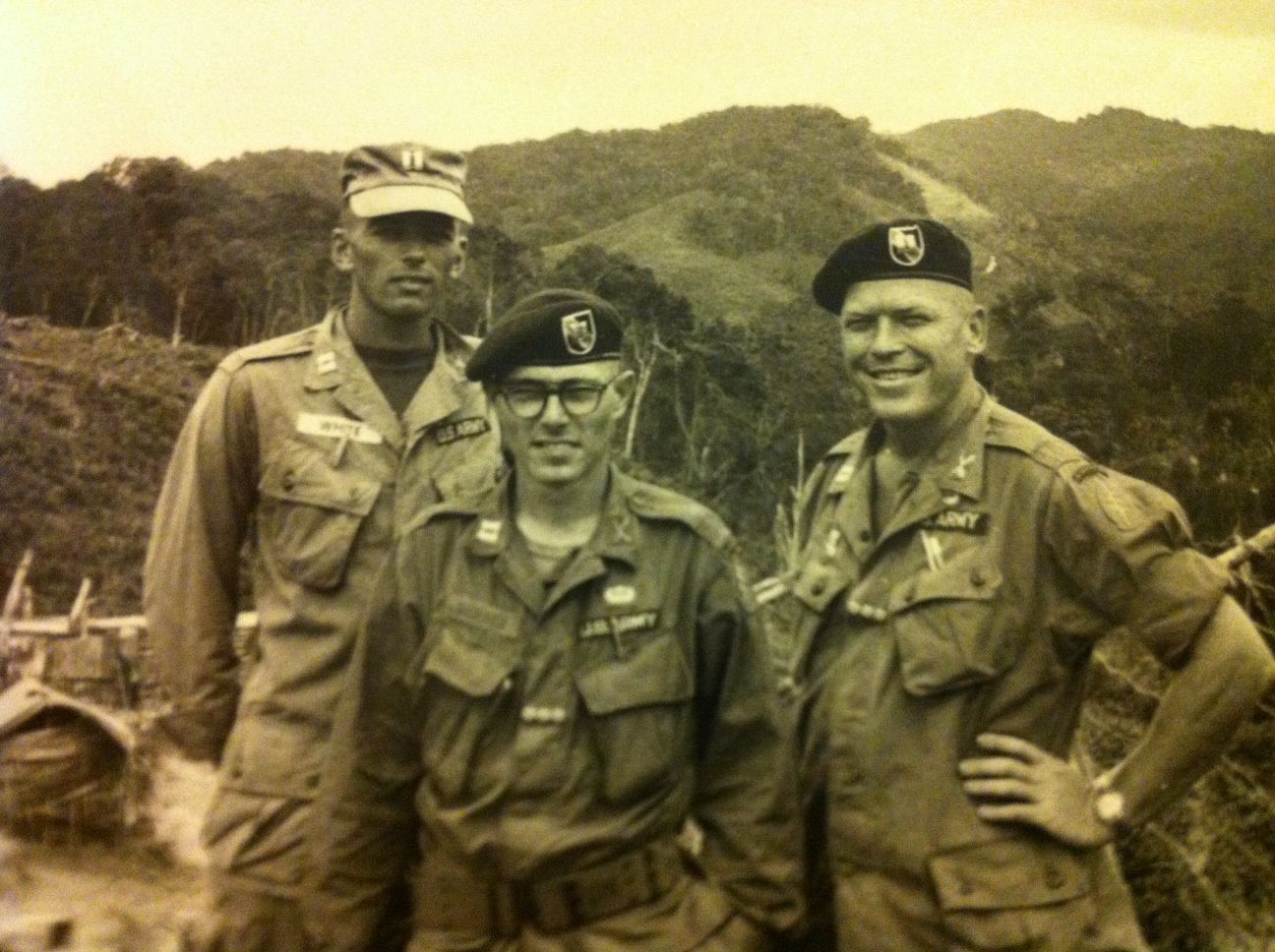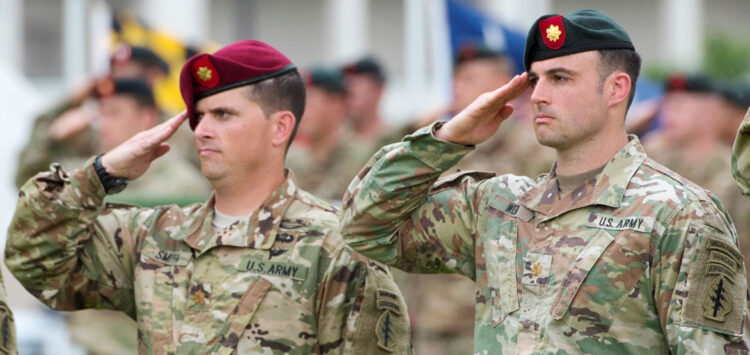Green Berets in Dak Pek, Vietnam. 82nd Airborne, 5th Special Forces / Green Beanie.
Where did it all begin with berets? Worldwide, berets are worn as part of the uniform of many military and police units. Although worn by many units throughout the world, the beret remains associated to Spain and France, likely due to production of them beginning in those countries during the 19th century. The Minoans, Etruscans and Romans wore headgear similar to the modern beret.
By the 1920s, berets were associated with the working classes in a part of France and Spain. 20 French factories and some Spanish and Italian factories produced millions of berets by 1928. The first factory, Beatex-Laulhere, claims production records dating back to 1810.
Military berets were first adopted by the French Chasseurs Alpins in 1889. British General Hugh Elles proposed the beret for use by the newly formed Royal Tank Regiment, which needed headgear that would stay on while climbing in and out of the small hatches of tanks. After seeing these during the First World War, they were approved for use in 1924. The black RTR beret was made famous by Field Marshal Montgomery in the Second World War. He took took to wearing a black beret given to him by the driver of his command vehicle in 1942.
The beret can be “shaped” in a variety of ways, and can fit snugly on the head. The United States military pushes the beret to one side of the face. A headband or sweatband attached to the wool, made either from leather, silk or cotton ribbon, sometimes with a drawstring allows the wearer to tighten the cap. The drawstrings can be cut off or tucked in, or to dangle. The beret is often adorned with a cap badge.
The 11th Hussars adopted a brown beret in 1928. In World War II, the Royal Dragoons adopted the grey beret at the end of 1939. Mechanised units of the British Army, such as the Royal Armoured Corps and the Guards Armoured Division, adopted the black beret in 1941. The maroon beret (not to be confused with the red beret), was officially introduced in July 1942 at the direction of Major-General Frederick Browning, commander of the British 1st Airborne Division. It soon became an international symbol of airborne forces.
Two officers from 7th Special Forces Group (Airborne), one wearing a maroon beret and the other a rifle-green beret, participate in change of command ceremony, 2017
The green beret was the official headdress of the British Commandos of the Second World War. The U.S. Army’s newly conceived Special Forces units began to wear a green beret as headgear, following the custom of the British. The 10th Special Forces Group (Airborne) had many OSS World War II veterans in their ranks when it was formed in 1952. The Green Beret was originally designated in 1953 by Special Forces Major Herbert Brucker, a veteran of the OSS. The color green became favored because it was reminiscent of the World War II British Commando-type beret. 1st Lt. Roger Pezelle adopted it as the unofficial headgear for his A-team, Operational Detachment FA32. In 1956 Gen. Paul D. Adams, the post commander at Fort Bragg, North Carolina, banned its wear, even though it was worn on the sly when units were in the field or deployed overseas.
John F. Kennedy went to Fort Bragg on October 12, 1961. Brigadier General William P. Yarborough, the top Special Forces commander, received his president and commander in chief wearing a green beret. President Kennedy, saw the cover and asked, “Those are nice. How do you like the Green Beret?” Yarborough replied, “They’re fine, Sir. We’ve wanted them a long time.” Upon returning from his trip President Kennedy sent a thank you message that said, “I am sure that the Green Beret will be a mark of distinction in the trying times ahead.”
Soon after, the president authorized the “Green Beret” as the official headgear for all US Army Special Forces and these Unconventional Warriors were thereafter and ever known as “The Green Berets.” Previously, both Yarborough and Edson Raff had petitioned the Pentagon to allow wearing of the green beret, to no avail.
*The views and opinions expressed on this website are solely those of the original authors and contributors. These views and opinions do not necessarily represent those of Spotter Up Magazine, the administrative staff, and/or any/all contributors to this site.


